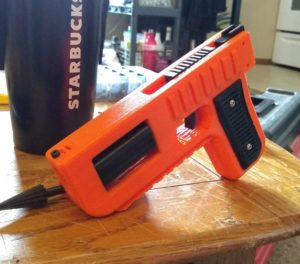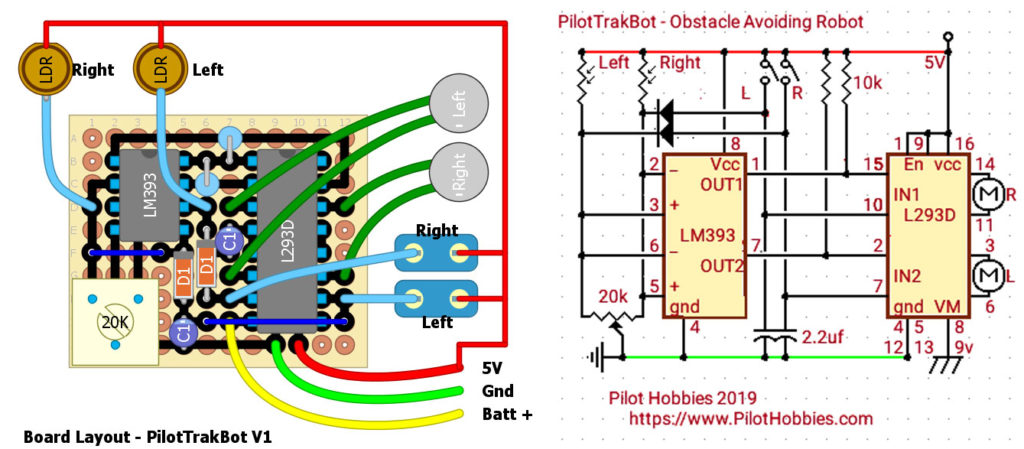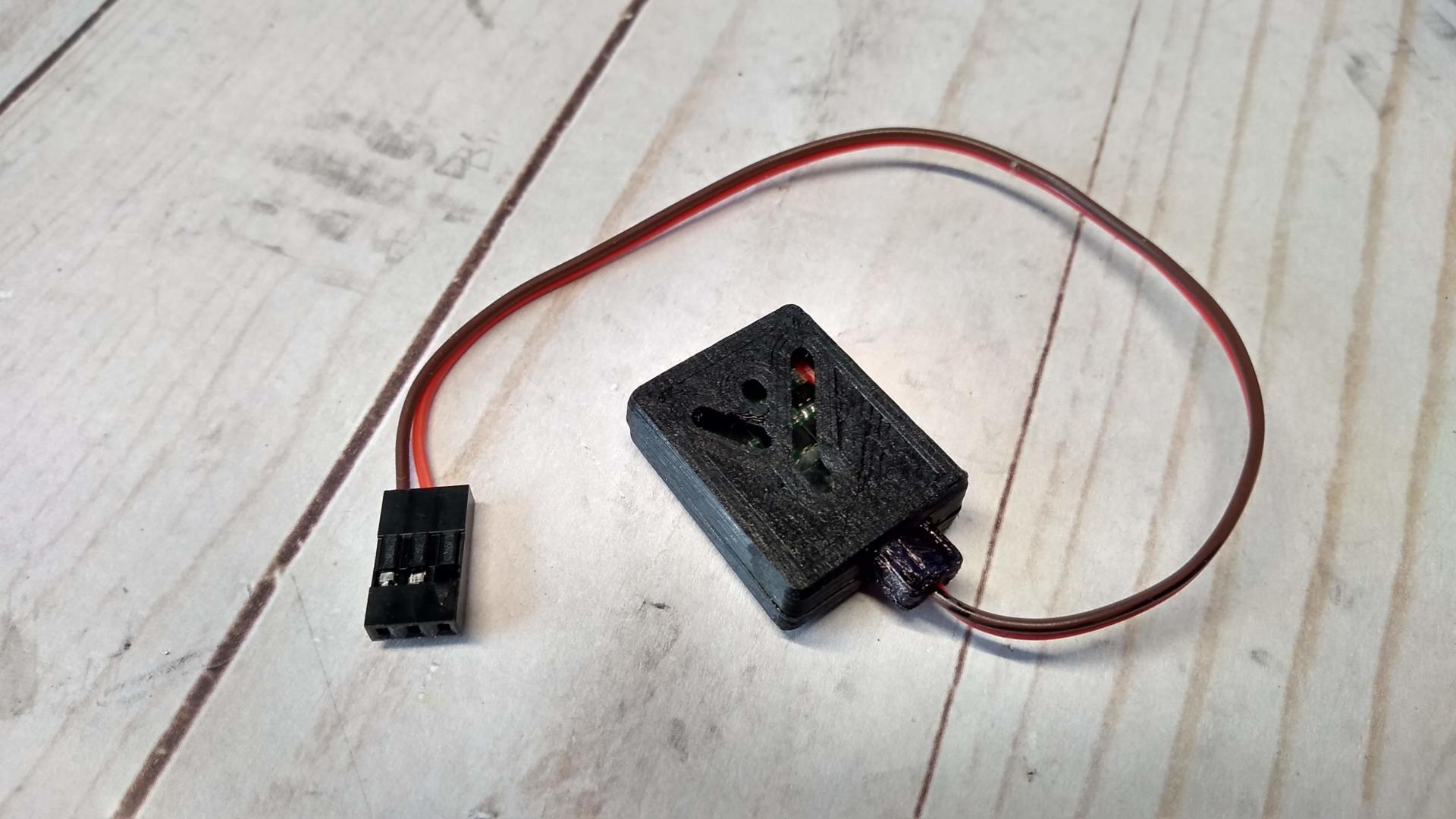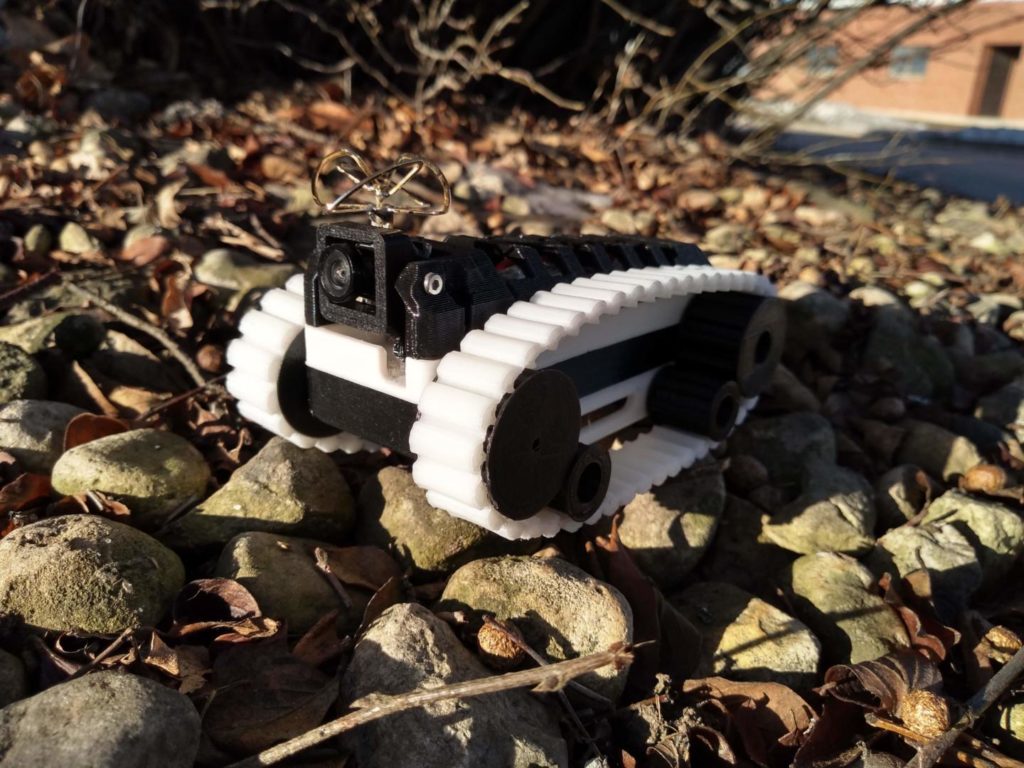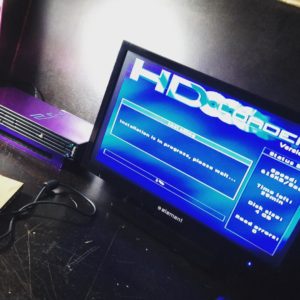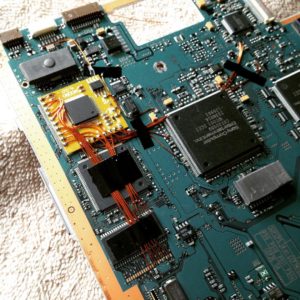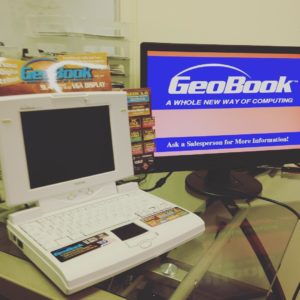Still in development, a few light primer strikes, but works mostly okay! Have since lengthened the firing pin to account for variations between cylinders. This isn't designed to be practical or useful (it's neither), more of an engineering challenge to myself. 3D Printed designs are a bit of a challenge for something like a gun, because plastic really doesn't have very good tensile or shear strength, so you have to overbuild components, and carefully design parts that support compressive forces. This generally leads to pretty bulky designs, but with a bit of metal in the right places, a compact design is possible, albeit with less features than a standard revolver. Ammunition is currently only 22 shorts, but a larger frame and a metal insert for the breech face could change that. 22 Shorts are my favorite test ammo because when a part fails, it's usually less catastrophic than larger, more powerful ammo.
Non Plastic Parts used: Drill bit (Firing Pin) Steel tubing (Cylinder Liners) Springs (Striker & Cylinder Indexing) 5/16" Ball Bearing (Cylinder Indexing) M3 Screws (Front Sight, Trigger Assembly, Rear Sights) M5 x 65mm Screw (Cylinder Center Pin)
